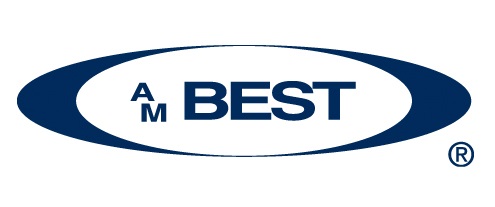Analysts at AM Best are confident that third-party capital will continue to play an important role in the re/insurance industry, but they anticipate that the use of alternative capital structures will be “more measured” in future.
 As part of its Global Reinsurance Market Outlook, the rating agency noted that the catastrophic events of 2017 and 2018 represented a significant test of alternative capital, resulting in a re-evaluation of the return requirements and governance of structures.
As part of its Global Reinsurance Market Outlook, the rating agency noted that the catastrophic events of 2017 and 2018 represented a significant test of alternative capital, resulting in a re-evaluation of the return requirements and governance of structures.
AM Best opted to maintain its overall stable outlook on the global reinsurance industry, as positive pricing momentum and tighter terms and conditions continue to offset negative factors.
But the longer-than-anticipated claims settlements associated with some of the catastrophe losses of the past few years mean that the outlook for alternative capital is more uncertain.
Hurricanes Irma and Maria, the California wildfires, and Typhoon Jebi in particular have led both investors and capacity users to pause and assess what changes need to be made to underlying agreements, analysts noted.
The industry is also still digesting issues regarding collateral release, which has led to a renewed focus on credit and dispute risk to the cedant.
And third-party capital does not yet seem to share the same level of enthusiasm for the hardening market that some equity capital investors express, AM Best added.
That situation may change, however, if prices continue to rise, although from a protection buyer’s point of view, the proposal may reach a point where it becomes economically prohibitive. In the interim, there appears to be flight to quality as cedants focus on lowering counterparty risk.
“Despite the growing alignment of interests between traditional and third-party capital, the latter has been disruptive to the industry, in the form of pricing pressure in the property catastrophe space,” AM Best reported.
“A decline in both earnings and capital volatility has lowered the returns investors require from traditional reinsurance companies,” it continued.
“A long-term return on equity in the 8% to 10% range appears to represent a reasonable risk-adjusted return on equity, as evidenced by equity trading multiples and the recent catastrophic loss events, which have been characterized as earnings-only events for the industry.”


